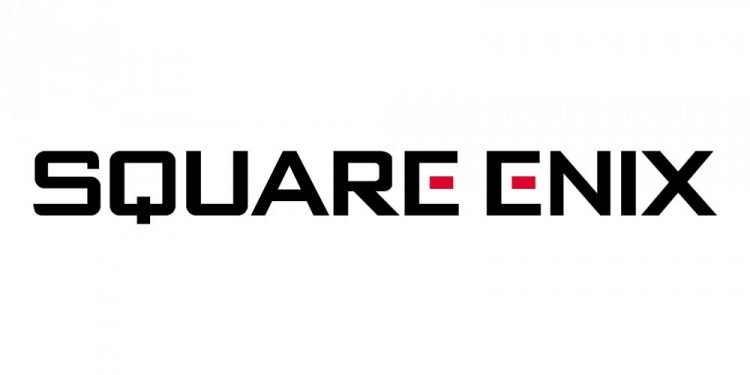The times haven’t always been kind to the studio once known as SquareSoft, the very company that many remember as the reason why they first dove into the world of JRPG’s. A company that, as the originator of gems such as Secret of Mana, Chrono Trigger, Xenogears, Kingdom Hearts and even Final Fantasy, was for many years the first word in Japanese RPG’s. This was especially true in North America – if it weren’t for SquareSoft, I fear how the earlier days of the NES and SNES would have fared.
Though times have been rough on many occasions for Square, they always managed to stay afloat, as many game companies have. Sadly, things would not stay this way and Square would become destined to merge with Enix, their main competitor of many years. The two companies had considered becoming one for years, though nothing ever came of it.
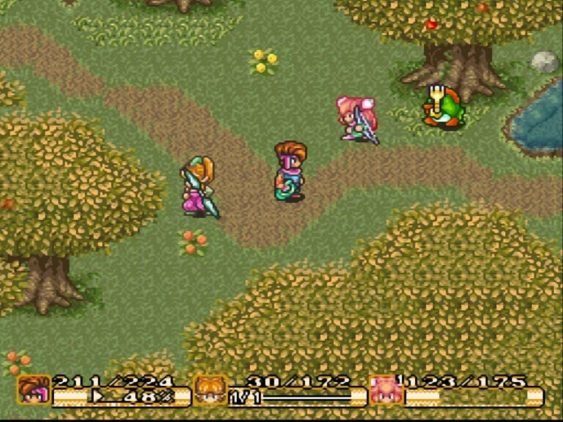
Sometime in 2009, Square Soft decided that they would open a new branch of the company that would focus on something different than games. One that would focus on combining everything they had learned from their game development and would incorporate them into movies. Thus, Square Pictures, a division that worked on computer animated projects for Square was born. Located in Honolulu, Hawaii, Square Pictures worked on two features – one of which would, in turn, change the future of SquareSoft forever. That doomsday feature turned into the movie know as Final Fantasy: The Spirits Within. You may have heard of it or even seen it.
It was A technological advancement in computer animated films and was easily one of better movies of its time, if only in looks. The overall plot was a boring, uninspiring and ultimately hollow. When it was released during 2001, the movie failed to gain any traction with fans and critics alike. When I first saw it, my jaw hit the ground and I hadn’t been so frustrated with a movie as much as I was with this. I was expecting an epic story, larger than life heroes and a somewhat cheerful ending. In my honest opinion, the ending in Final Fantasy: The Spirits Within was moderate at best and everyone I spoke to wasn’t too thrilled about it. Turns out neither was the box office.
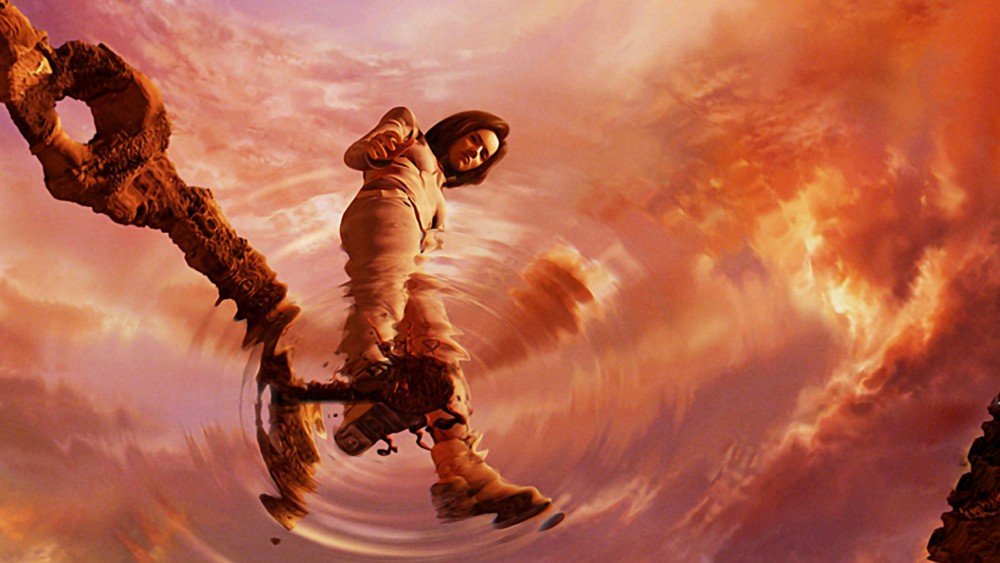
Final Fantasy: The Spirits Within, ultimately ending up being a flop at the box office. Despite having a budget of $137 million, It only earned 85$ million, less than 2/3rds of its $137 million budget. Many people, including myself, have always thought that the film might been possibly more successful if it had not been named after a beloved gaming series, especially since its name was the only thing they shared in common. There was no magic, no fantasy setting, no lore from the series. The only connection between them was the inclusion of a character named ‘Sid’, which was a reference to the game series’ tradition of having a ‘Cid’ appear in various roles in each title.
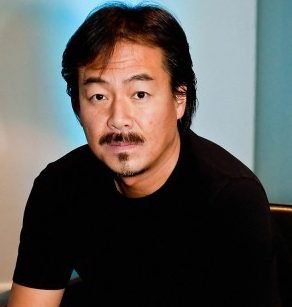
A bit of history regarding Final Fantasy: The Spirits Within and something that not many fans of the company are aware of is that it forever changed the landscape of Final Fantasy as a gaming series. The movie was greenlit by the father of series, Hironobu Sakaguchi, who had prompted Square to form the studio that would go on to create this film and forever change the company’s direction.
Hironobu Sakaguchi was demoted following the box office bomb and willingly resigned from Square shortly after. He eventually went on to form Mistwalker, a game studio that created titles that emulated some of the best parts of the Final Fantasy series. Mistwalker, unfortunately, scorned the Japanese gaming audience when they announced that their first games, Blue Dragon and Lost Odyssey, would be exclusive to the Xbox 360. The system never really penetrated the market in their country, and the Xbox One is currently suffering a similar fate. Many will understand the impact of this as the system never managed to gain a dominant market Japan.
Though, this wouldn’t be the last time Square dabbled with their own movies and followed suit with two other Final Fantasy films. The first was Final Fantasy VII: Advent Children (Tetsuya Nomura), which was released during 2005 as a DVD and Bluray release, and the more recent Kingsglaive: Final Fantasy XV (Takeshi Nozue). It’s worth nothing that due to the increasing popularity of Final Fantasy XV, Kingsglaive did in receive a theatrical release in both Japan and North America. Neither of the two films were received well in either markets. Final Fantasy VII: Advent Children was heavily criticized due to film focusing on Cloud too much and eventual English dub in North America release. To its defense and being a fan of Final Fantasy VII, I enjoyed it and still watch it often.
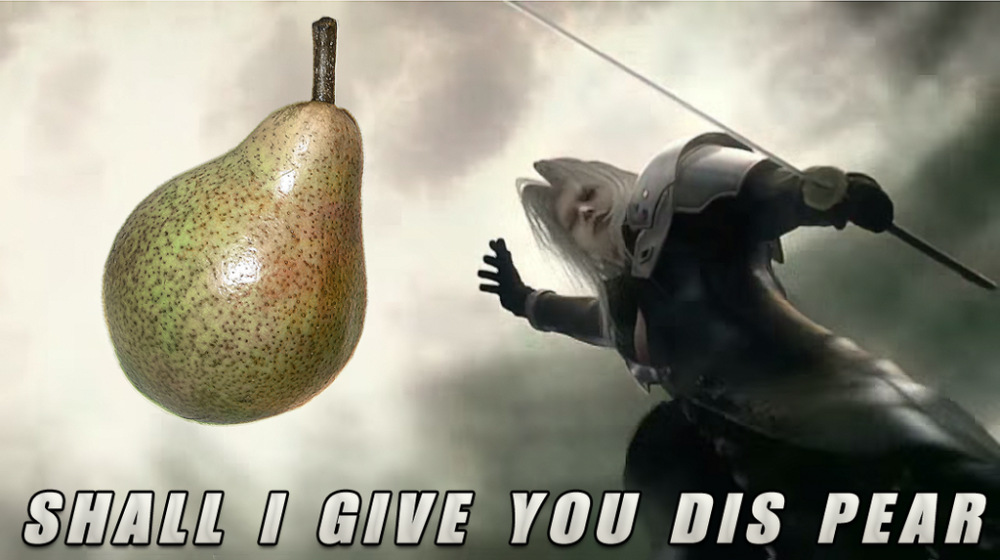
Devastated after the financial fall due to Final Fantasy: The Spirits Within, Square approached Enix in an attempt to resume talks about the previous mention of a merge. Only, Enix was quite aware of SquareSoft’ situation and decided to not proceed with the merger that the time. Square would continue to face financial issues well into the next year and if they didn’t get some much-needed funding, the could have spelled the end for them. They had one more plan for survival and had approached Sony for some much-needed capital. In exchange for their backing, Sony purchased nearly 19% worth of stake in Square. Thankfully, that injection of funding helped Square get back on their feet and enabled them to develop and publish two of their biggest titles at that time; Kingdom Hearts and Final Fantasy X. Riding on their success, Square announced one year later that they would officially merge with Enix. The merger was set to be finalized as of April 1st, 2013 and going forth the company would be named Square Enix.
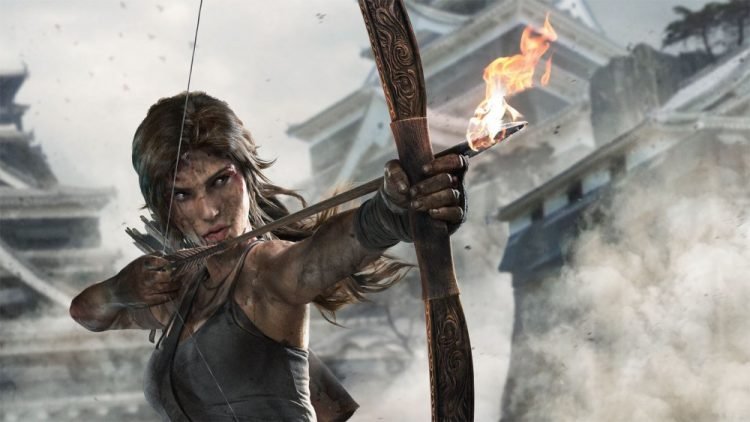
The events following the merger would prove to be the equivalent of a Phoenix Down from the Final Fantasy series, as the newly formed company was on the rise. Adding to their already established catalog, the company acquired Taito and Eidos. They also unsuccessfully attempted to acquire another equally well-known company, Tecmo, who refused the deal. Oddly enough, Tecmo would go on to merge with Koei, a short time later due to Tecmo also being financially unstable. They would also go on to found several new studios under the Square Enix umbrella, including Shinra Technologies, Hippos Lab, Square Enix Montreal, Smileworks (now defunct) and the more recent Toyko RPG Factory – the very same creator of I Am Setsuna for the PlayStation 4 and PlayStation Vita (check out our review of that title here).
Since then and with a bit of restructuring, Square Enix has been slowly but careful blazing a path within the gaming industry. The last five years have been a clear indication of this with the release of several high profile titles such as Sleeping Dogs, the rebooted Hitman and Tomb Raider series, Dragon Quest Heroes (and Dragon Quest Heroes II), Final Fantasy XIV: A Realm Reborn, as well as several Final Fantasy titles. This includes the often delayed and renamed title, Final Fantasy XV – a title many remember as Final Fantasy Versus XIII when it was first announced.
That’s not all either, as they have a pretty solid line-up rolling into 2017 with the release of the Platinum Games developed Action-RPG, Nier: Automata. Following that, gamers have plenty to look forward too with Final Fantasy VII Remake, Final Fantasy XII Zodiac Age, Kingdom Hears HD 2.8 Final Chapter Prologue, as well as Kingdom Hearts III.
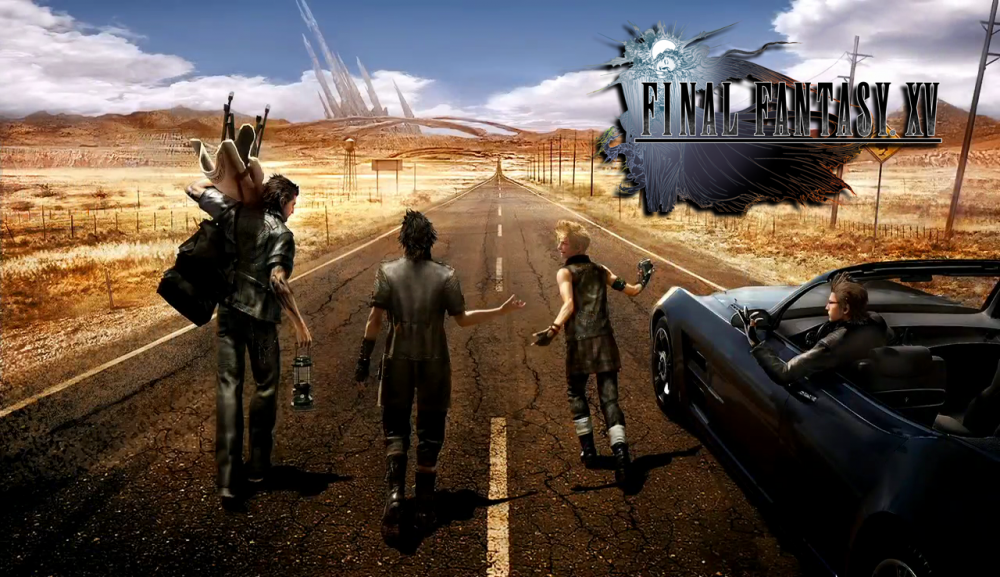
At least for now, things seem to be going alright for Square Enix. Yet, there still seems to be some gray areas that need to be righted. The release of Deus Ex Mankind Divided was marred with optimization issues and microtransactions, while Final Fantasy XV didn’t turn out to be quite the epic experience that many were looking for. Speaking of which, we haven’t even finished our review of the title, in light of the title being released in an incomplete state (see here). Still, we’ve seen several positives, including the recent demo of Nier: Automata, that has me completely sold on the game. I’m not sure what prompted Square Enix to release the demo, but I’m glad that they did.
For now, all we can do is watch what happens next and make it known to them if and when we notice that they’re falling from our graces.


